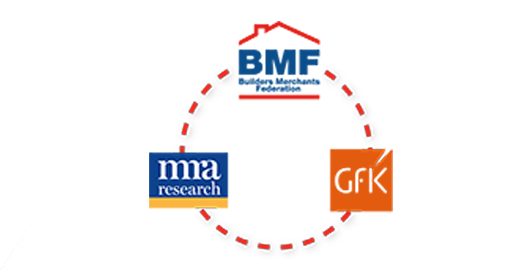Knauf Insulation Comment: Q2 2022

These are uncertain times. Though UK GDP was surprisingly high in May, June’s Construction PMI fell to its lowest level since December 2020 – when the nation was in the grip of the second Covid lockdown. The warning lights on the economy are blinking, raising fears of recession.
The cost of energy is chief among the causes. It’s already been a key contributor to the inflationary pressures faced by merchants, and is now the principal antagonist in the cost-of-living crisis hammering households.
Perversely, these sky-high energy costs are likely to protect demand for insulation in the face of a slowdown. With the price cap increasing further in October and January, we should expect a rush to install low-cost, high-return insulation – fixing the UK’s millions of leaky lofts, for example. That’s not to mention any government spending on a national insulation scheme.
Uncertainty prevails in the construction industry too, as building regulations changed in June. The new Part L is the biggest change to fabric efficiency standards in a generation, mandating a carbon emissions reduction of almost a third for all new buildings.
What’s most significant about Part L though is the introduction of the BREL report. For the first time, the industry must be ready to prove that insulation has been installed correctly, in every building. It’s a small step but also a giant leap towards accountability for an industry facing increasing scrutiny of as-built performance.
For merchants, that means stocking and recommending the right insulation solutions for every application. Considering not just the theoretical thermal performance of lambda values, but how easily they can be installed correctly on-site.
It’s time to create buildings that perform as promised, in the real world. We must close the performance gap that comes at such a high cost to people and planet. That’s one area of uncertainty that construction can control.



